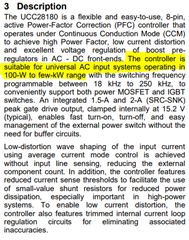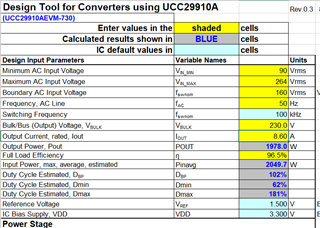Dear all,
I need to design a converter with PFC and the following specifications. Vin 85V - 265VAC, Vout 230VDC, Output Power 2kW.
I am new to the design of SMPS and could need a little help choosing the right controller.
The most important factors for my applications are low cost and low space usage.
Could someone propose a topology and controller that works for that specifications? I already tried to build this using a PFC controller with SEPIC topology, but i can not reach my output specifications.
Thanks in advance for any help.



